Last week, the ABC aired its latest British borrowing, the first episode of a documentary program called ‘The school that tried to end racism” in which 10 and 11-year-old students undergo various “racial awareness” exercises in order to learn about implicit bias, white privilege, and stereotyping. The second episode is set to focus on systemic racism in Australia. The host, Marc Fennell, describes the ABC’s intentions: “We’ll find out if this bold program can actually put a stop to racism for good.”
The episode features a class of students undergoing exercises designed by “race expert” Fiona White. The first exercise requires students to draw a picture of their friends, and the level of racial diversity in their drawings would, according to White, indicate the students’ levels of racial bias.
This is an obviously absurd exercise which assumes from the outset that the only explanation for children having friends who share the same skin colour is racial bias. There could be any number of reasons for this, namely the personalities of the kids themselves, or that shared life experiences and cultural backgrounds make it easier for kids to build friendships.
The next exercise is about white privilege, which White describes as the fact that white people are never the target or victims of racism. In this exercise, the students take steps forward or backwards in preparation for a running race depending on their answers to questions such as “Do you have blue or green eyes,” and “Does the Prime Minister have the same skin colour as you?” The white students inevitably end up at the front of the pack and therefore have an advantage in the race.
Of course, the questions have no bearing on real-life discrimination at all. How having blue or green eyes gives someone an advantage is never explained, it is simply assumed by Fennell who claims, “Society in Australia gives preferential treatment to people with whiter skin or certain cultural backgrounds… where you start in life is often really different to those with a different cultural background.” The obvious impact of such an exercise is that it shames the white children for supposedly being more privileged and makes the non-white students perceive themselves as victims when they had no reason to before.
The third exercise is dividing the students into two different “affinity groups” – one for the white students, and one for everyone else. The teacher asks the group of white students, “What does it mean to you to be white?” The students are clearly uncomfortable. One student says, “I don’t want to boast about the fact that I have more privileges than others.” In the other group, a student says:
I’m part Indigenous, and I feel more comfortable around people who know what it means to be different from other people and get teased [about] our skin colour. We don’t look the exact same as them. We’re not the exact same as them. We’re not similar to them. They’re, like, nearly the complete opposite of us.
Creepy. Far from helping the students to come together, this activity strongly reinforced their differences. One teacher even says, “breaking apart kind of made them stronger, in a way.” The white students are shamed for their “white privilege” and appear too scared to indicate that they may in any way be proud of their cultural heritage or European identity.
In the final exercise, the students are asked to assign careers to several adult guests. Surprise, the white male isn’t a doctor, he’s a contemporary dancer! Surprise, the hippy-looking older woman isn’t a writer, she’s the CEO. The students were obviously trying not to assign the “stereotypical” roles at this point in the episode anyway, as they easily understand the point of the exercise. Once again, the exercise has no connection to real life, and how stereotypes lead to more harmful behaviours is never established.
At this point in the episode one student blindly proclaims that all of Australia’s politicians are white, to which one astute teacher responds, “Yep,” before the episode launches into a scathing critique of the lack of diversity in Australia’s federal parliament.
There is nothing bold or innovative about this experiment at all. This is simply a demonstration of Critical Race Theory being taught to Australian children. The term Critical Race Theory is never used, but this is clearly what this pseudo-scientific and racist rubbish is.
Critical Race Theory asserts that Australian society is, from top-to-bottom, in all its institutions, laws, and practices, racist. Why? Because it was created by white men for white men and serves to actively oppress racial minorities. Any progress in race relations, such as giving Indigenous people the right to vote, is viewed as merely a facade, a gesture that serves to maintain the status quo through the illusion of progress, thereby only making racism more subtle. And to think progressives call conservatives conspiracy theorists!
The idea that white privilege exists in Australia today is a lie. As one student, Abdullah, put it so well in this episode:
Because Australia is such a great country, there’s no racism over here, so we don’t really experience it that much, so when we are asked to talk about racism, we don’t have much to say because of how great it is here.
Young Abdullah is correct – Australia is not a racist country, but the ABC will undoubtedly do their best to ensure that by the end of this series he believes it is. Taxpaying Australians should not have to pay for this vile, abusive trash that pits children against each other and undermines Australian culture.
Got something to add? Join the discussion and comment below.
Get 10 issues for just $10
Subscribe to The Spectator Australia today for the next 10 magazine issues, plus full online access, for just $10.

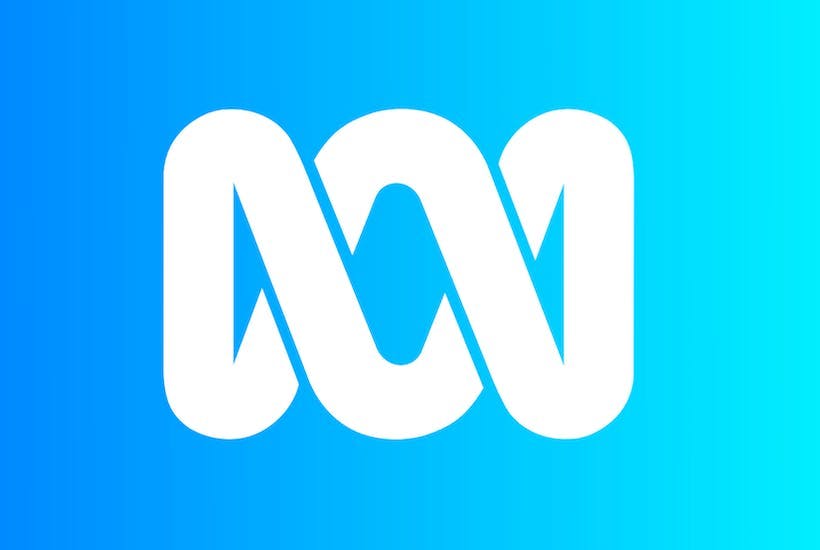
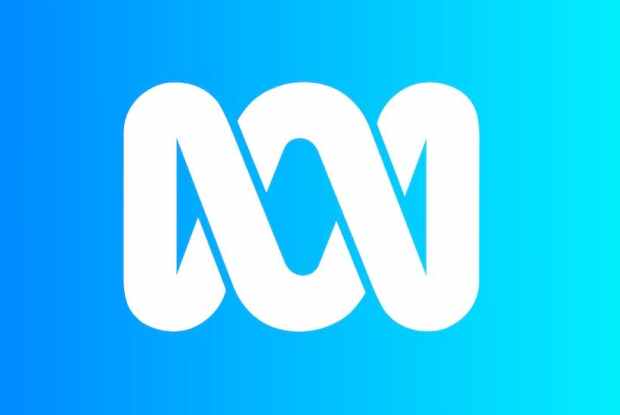
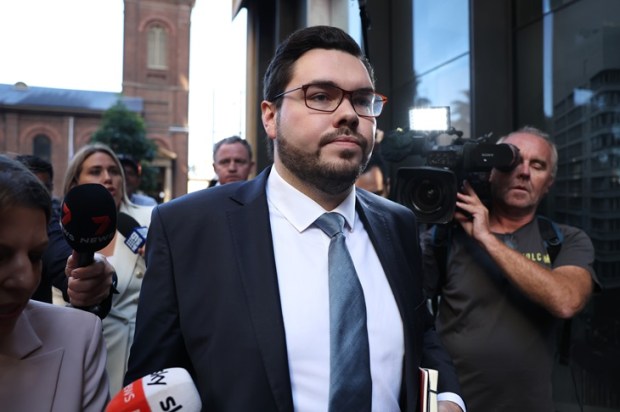
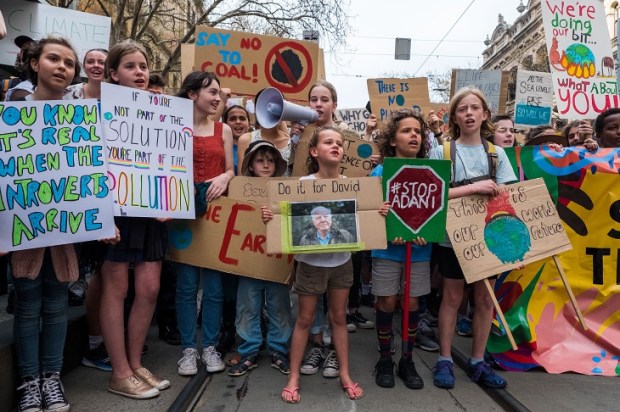
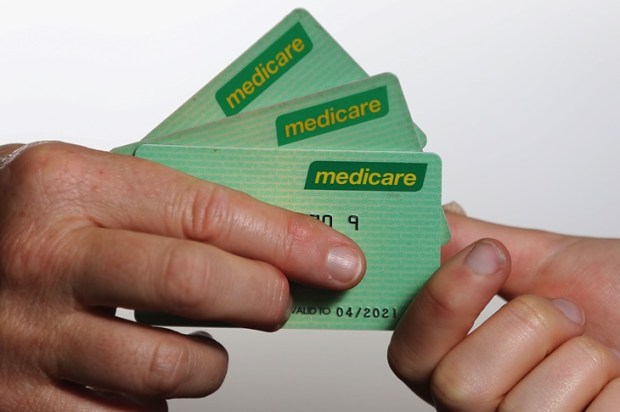
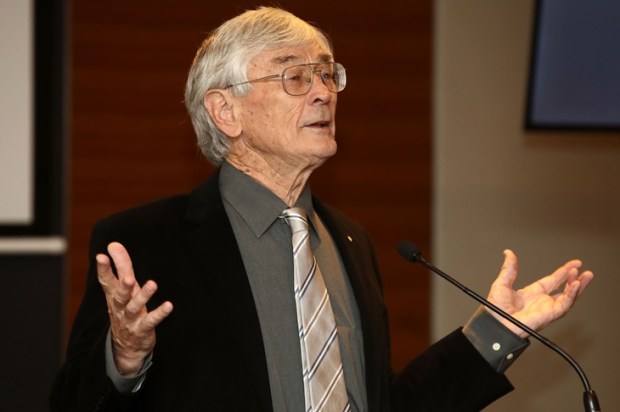



















Comments
Don't miss out
Join the conversation with other Spectator Australia readers. Subscribe to leave a comment.
SUBSCRIBEAlready a subscriber? Log in